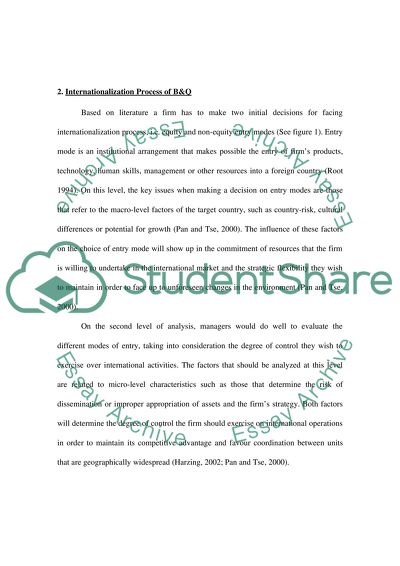Cite this document
(International Strategy of B&Q Case Study Example | Topics and Well Written Essays - 2000 words, n.d.)
International Strategy of B&Q Case Study Example | Topics and Well Written Essays - 2000 words. Retrieved from https://studentshare.org/marketing/1510289-international-strategy-of-bq
International Strategy of B&Q Case Study Example | Topics and Well Written Essays - 2000 words. Retrieved from https://studentshare.org/marketing/1510289-international-strategy-of-bq
(International Strategy of B&Q Case Study Example | Topics and Well Written Essays - 2000 Words)
International Strategy of B&Q Case Study Example | Topics and Well Written Essays - 2000 Words. https://studentshare.org/marketing/1510289-international-strategy-of-bq.
International Strategy of B&Q Case Study Example | Topics and Well Written Essays - 2000 Words. https://studentshare.org/marketing/1510289-international-strategy-of-bq.
“International Strategy of B&Q Case Study Example | Topics and Well Written Essays - 2000 Words”, n.d. https://studentshare.org/marketing/1510289-international-strategy-of-bq.


